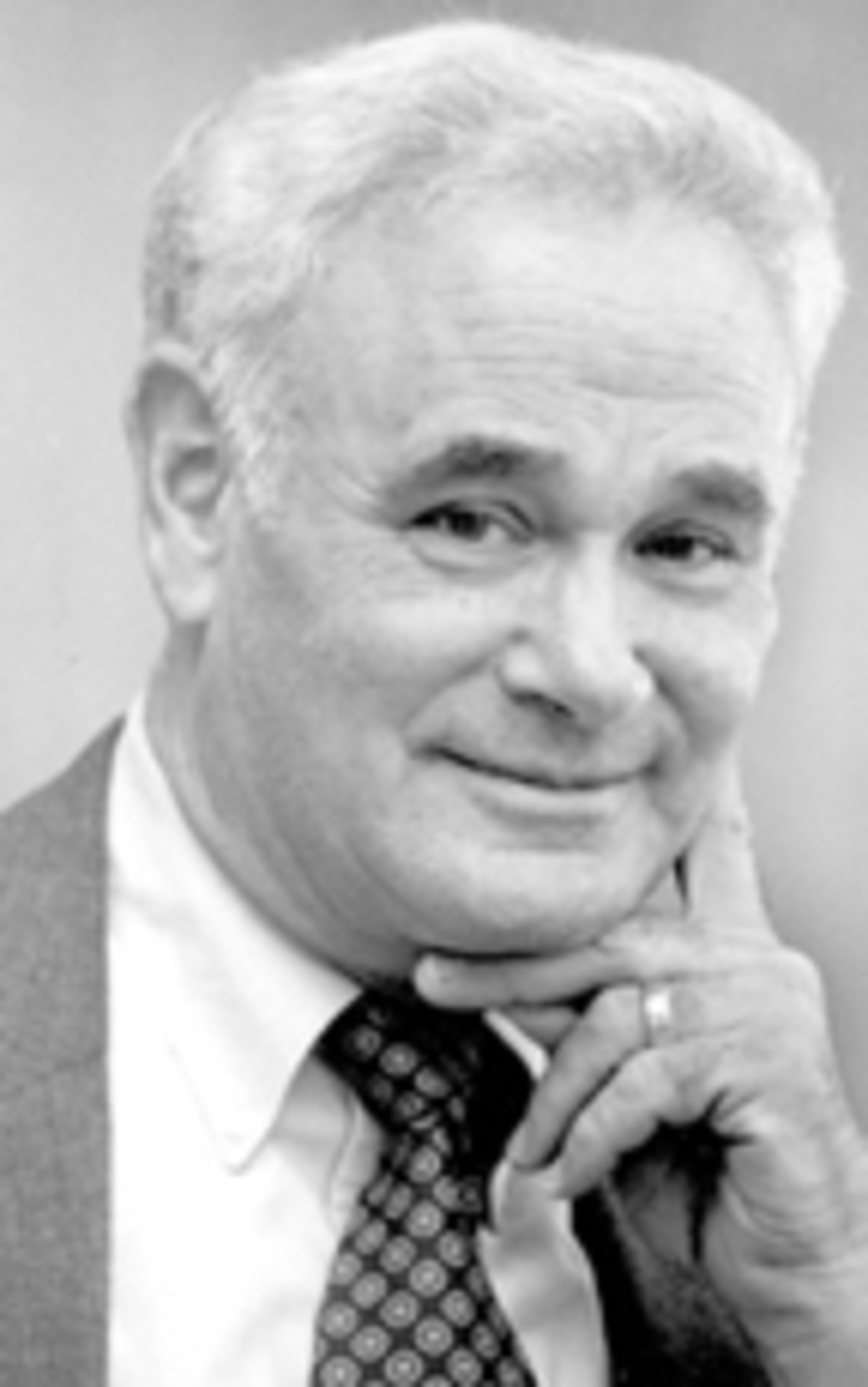The ironies of ‘colorblind’ America
Reading and rereading the cover story in the March 17 issue of the New York Times Magazine has made me angry and made me sad.
Nikole Hannah-Jones, a winner of the 2020 Pulitzer Prize and creator of the 1619 Project, is the author of the article, “Whitewash: The 50-year campaign to undo the progress of the civil rights movement in the name of ‘colorblindness.’ ”
The headline on the article says it all: During the past 50 years or so, some of our nation’s most reactionary forces have twisted the notion of “colorblindness” into a weapon to be used against those very same progressive forces that gave birth to the conviction that justice demands that our nation’s laws be colorblind.
As Hannah-Jones puts it, “Beginning in the 1970’s, the Supreme Court began to vacillate on remedies for descendants of slavery. And for the last 30 years, the court has almost exclusively ruled in favor of white people in so-called reverse-discrimination cases while severely narrowing the possibility for racial redress for Black Americans. Often, in these decisions, the court has used colorblindness as a rationale that dismisses both the particular history of racial disadvantage and its continuing disparities.”
The June 28, 1978, Supreme Court decision in Regents of the University of California v. Bakke marks the turning point in the use/abuse of “colorblindness” as an argument in affirmative-action cases.
In brief, Allan Paul Bakke, a white male, was a high-performing undergraduate student at the University of Minnesota, followed by four years of distinguished service in the U.S. Marines, and was rejected by all 12 of the medical schools to which he applied.
On Oct. 12, 1977, the Supreme Court heard arguments in Bakke’s suit against the Regents of the University of California, claiming that his failure to be admitted to the UC Davis Medical School was due to reverse-discrimination, since the school had set aside 16 of the 100 openings in the freshman class for minority students whose academic credentials were far weaker than Bakke’s. This policy, Bakke argued, was a clear violation of the Fourteenth Amendment’s guarantee of “equal protection of the laws.”
Ultimately, the court found in favor of Bakke, allowing him to remain at the UC Davis Medical School, and also allowing for some form of affirmative action to continue – not based on the color of one’s skin, but on the “compelling interest in a racially diverse student body.”
The final 5-4 decision was a fractured one, including six overlapping opinions. Thurgood Marshall, the only Black judge on the Supreme Court at the time, wrote his own stinging dissent.
The Bakke decision touched me in a family way; the case was the only time that my father, Benson Rosenberg, and I, both lifelong Democrats, engaged in a major – though polite – political disagreement. My father was appalled by the very notion of affirmative action; to him, it was a prescription for quotas over merit.
Benson was the youngest of five children born to Jewish parents who had fled the rampant antisemitism and poverty in Lithuania as the 19th century flowed into the early 20th. His three elder siblings were born in the “Old Country,” and the family eventually moved into the hardscrabble slums in the port of Elizabeth, New Jersey, not far from New York City. Benson’s mother, my Grandma Ida, though literate in Yiddish, never did learn to speak, read or write English.
Benson was an excellent student who worked his way through Harvard at a time when there were very few Jewish students. He graduated in 1937, and, with the passage of time, he became a self-made businessman who came to believe that people who worked hard and had the requisite ability would succeed.
During the summer of the Bakke decision, in 1978, I turned 34. My father, 30 years my senior, continued with his mantra: “If I can do it, so can others.”
Benson, the child of poor immigrants, could not or chose not to fathom the depths of injury so many of our fellow Americans were forced to endure during 350 years of slavery, followed by the vicious discriminatory laws enacted in our Jim Crow South. But I, a child of privilege, grew up with a different perspective.
This past June 29, our Supreme Court overturned Bakke by deciding that the race-based admissions at both Harvard and the University of North Carolina were unconstitutional under the Equal Protection Clause of the Fourteenth Amendment. The decision was 6-3 at UNC and 6-2 at Harvard. (Judge Ketanji Brown Jackson recused herself because she serves on Harvard’s Board of Overseers.)
Writing for the majority, Chief Justice John Roberts argued that the Equal Protection Clause of the Fourteenth Amendment applies “without regard to any difference of race, of color, or of nationality, and thus must apply to every person.”
Writing in her separate dissent in the UNC case, Justice Jackson emphasizes the way in which “colorblindness” has come to stand for its opposite: “With let-them-eat-cake obliviousness, today, the majority pulls the ripcord and announces ‘colorblindness for all’ by legal fiat. But deeming race irrelevant in law does not make it so …. It would be deeply unfortunate if the Equal Protection Clause actually demanded this perverse, ahistorical, and counterproductive outcome.”
We read in the first chapter of Genesis that all of us are created b’tselem Elohim, in the image of God. And we read in the Fourteenth Amendment of the United States Constitution that every American is entitled to “the equal protection of the laws” – that means all of us, men and women, White and Black, Jew and Gentile – all of us!
We Americans – hopefully, at least a healthy majority – know where we need to go. But the question remains: How do we get there?
JAMES B. ROSENBERG is a rabbi emeritus at Temple Habonim, in Barrington. Contact him at rabbiemeritus@templehabonim.org.








